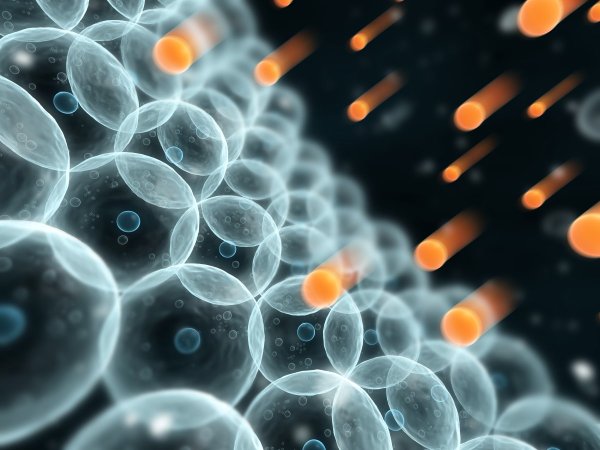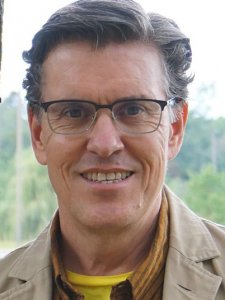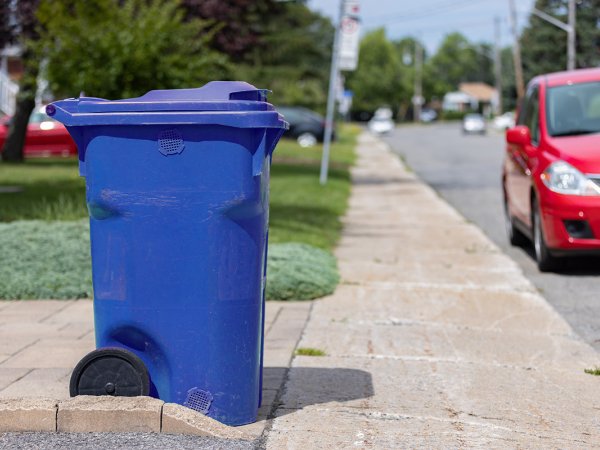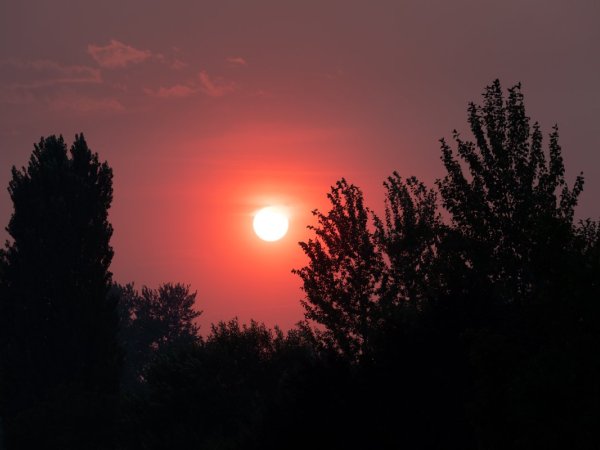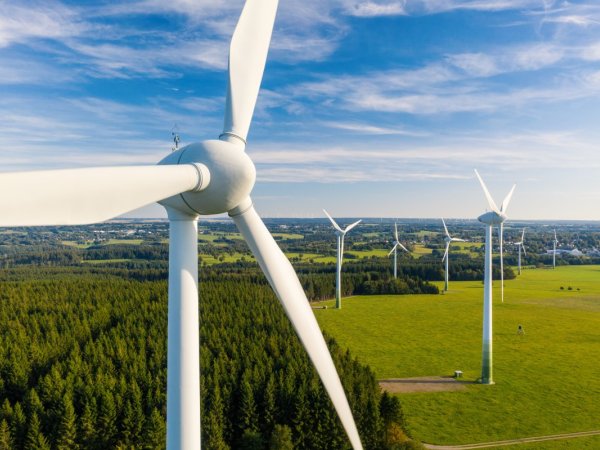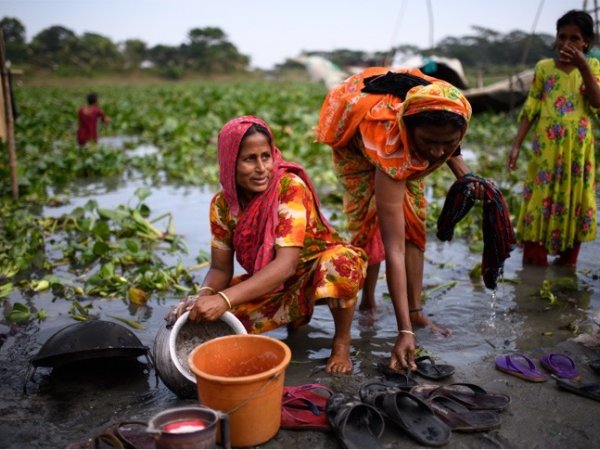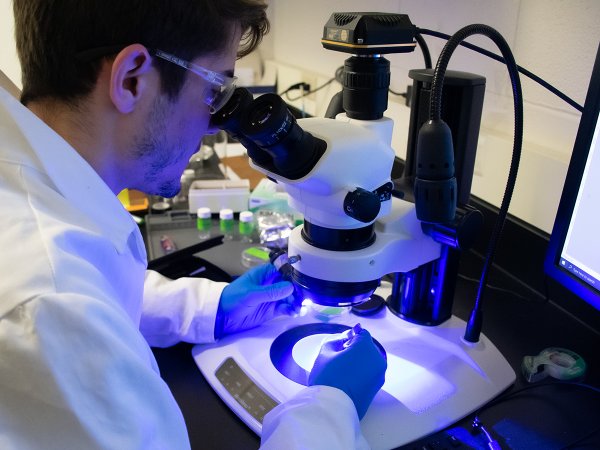Insights and Innovations is a column featuring brief essays, Q&As, op-eds, and expert commentary on energy and environmental topics. Contributors include faculty, graduate students, and researchers from across Penn State.
How free radicals could be the key to understanding air pollution and improving health
A unique "fingerprint" produced by an air pollutant could help researchers better understand the health impacts of new and emerging environmental pollutants and their associated negative health effects.
Groundwater: Deep need, deep trouble
Groundwater is a hidden resource that many people have come to rely on. Large amounts of it are used to supply drinking water to communities and irrigation to farmlands. However, with groundwater being pumped faster than it is replenished and climate change exacerbating its decline, that commodity is in danger of disappearing.
Why quantum materials are the answer to our energy transmission and data storage challenges
Although quantum materials may seem complicated and mysterious, their unusual properties could be harnessed to help solve challenges with energy transmission and data storage.
Gasoline used in your car produces a lot of 'trash' in the form of CO2 emissions
Every week, there is a constant reminder about how much trash we throw away: the nearly endless lines of large garbage bins sitting out on the curb. But what about the other things we don’t see that we are throwing out, like those invisible gases emitted by our automobiles?
The legal and social complexities of solving climate change
As the United States and other countries around the world wrestle with climate change and its impacts, there is also a lot of debate related to the technology, finances, regulations, and social acceptance of potential solutions to climate change.
The role of porous materials in the energy transition
In order to decrease carbon emissions while not only maintaining, but growing, quality of life will require a reimagining of the energy and building sector, and a key element in that reimagining is porous materials, objects with tiny holes in them.
Will wildfires and smoky skies in the East be the new normal?
Research shows that wildfires are becoming more frequent and severe. Generally, these blazes have been in the Western U.S. However, as climate change intensifies and other factors contribute to their development, wildfires are now occurring farther east, in areas that historically have not experienced wildfires or their hazardous air quality.
Underground hydrogen storage to support renewable energy
Hydrogen is gaining traction as a key player in the transition from fossil fuel energy to renewable energy. When used as a fuel, hydrogen produces only water vapor as a byproduct, making it a low-carbon energy carrier that could replace carbon-intensive fossil fuels in energy-intensive sectors.
Assessing impacts of early warning systems for cholera risk in Bangladesh
A team of researchers set out to investigate the feasibility of developing an early warning system for cholera risk in Bangladesh, citing existing research that suggests that providing households with early warning of their local cholera risks could reduce potential exposures to cholera.
Improving your science through the IEE labs
The shared core facilities at Penn State are communal, open-access laboratories, which include the labs of the Institute of Energy and Environment. They provide meaningful and essential support for Penn State’s researchers.

